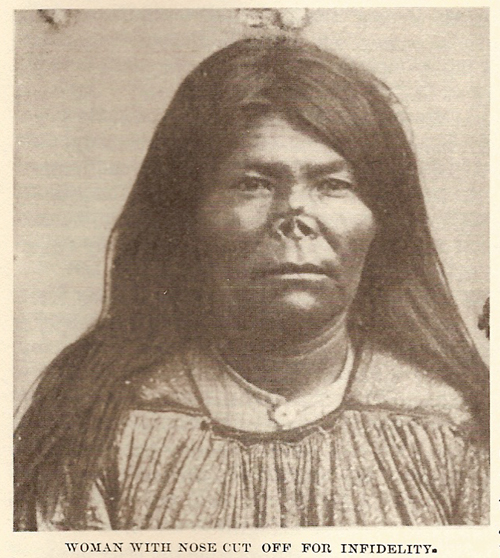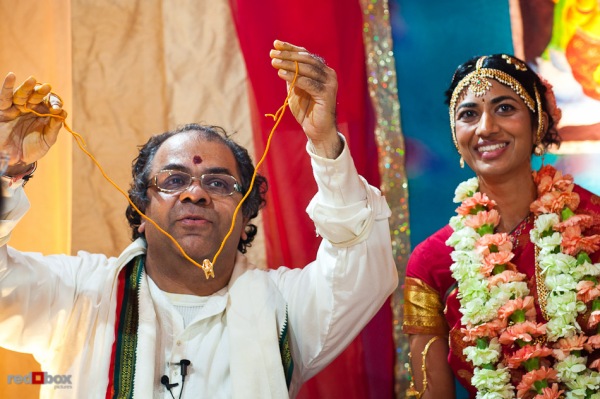
(Aisha is a victim of Taliban brutality, her nose and ears barbarically hacked off by her own husband in a warped punishment for attempting to flee her cruel in-laws).
Several English phrases including ‘’tie the knot’’ and ‘’cut off one’s nose to spite one’s face’’ have Indian origin. Since the English did not study the Hindu law books in depth they did not know the origin of several phrases. If they find it in Latin or Greek books, immediately they mention the origin in the Oxford Etymological Dictionary. But anything going back to ancient days was beyond their reach. They lost track of many words and phrases and attributed them to unknown things.
The word ‘nose cut’ became popular from Ramayana days. When Ravana’s sister Surpanaka went to Rama and asked him to marry her, he sent her to his younger brother Lakshmana, just to tease her. She took it real and approached him. He was very short tempered, not jovial like Rama. When Surpanaka insisted that he should marry her, Lakshmana lost his temper gave her the ancient punishment- cut her nose off.
Cutting one’s nose for certain wrong doings is prescribed in Hindu Law Books called Smritis. Stories like Ramayana and Panchatantra had several incidents like this. But today’s English phrase has slightly changed in its meaning. Linguists call it historical change of meaning. Words and phrases change their meaning completely or partially in course of time in all the languages. Linguists knew this very well. Some words have extended meaning.
English phrase ‘cut off one’s nose to spite one’s face’ means ‘disadvantage oneself in the course of trying to disadvantage another’, according to Oxford Concise Dictionary. It is equal to a Tamil saying, Even if I lose one eye, it doesn’t matter; my enemy should lose both the eyes.
The punishment of the cutting off by the husband of the nose of unfaithful wife is very common in ancient Indian literature. For cheating and adultery the minimum punishment was cutting off her nose and the maximum punishment was death sentence like the modern Islamic countries. In Muslim countries they stone the women to death even today.
Panchatantra stories have this punishment in the Weaver’s Wife Story. Kautilya’s Arthshastra (236-7) prescribes cutting off ear and nose.
With the proof from Ramayana, Arthashatra and Panchatantra stories, we may boldly conclude that this nose cut business has been going on for thousands of years in India.
Tamil proverbs also justify this. We have proverbs and phrases in Tamil on nose cut.

Picture shows Amerindian woman.
Nose cut War of Madurai Nayaks
Another interesting episode in the history of Tamil Nadu is Nose cut War where both the fighting armies cut off the noses of enemy soldiers. R.Sathyanatha Ayyar in his book The History of the Nayaks had given a detailed description of Nose cut war that happened during the great Nayak King Tirumalai Nayak’s rule. Here we see even men were punished with nose cuts. We hear about ear cuts in the rivalry of poets, but not nose cuts until this war. Mysore ruler invaded Madurai and cut off the noses of Nayak soldiers. Tirumalai Nayak was old and bedridden. So one of his queens sought the help of King Setupati of Ramanathapuram. His army fought and drove back the Mysore army and cut off their soldiers’ noses in revenge. (In Tamil A.K Paranthamanar has written the History of Nayaks).
So disfiguring one’s face is equal to insulting oneself. That was started in Rama’s days and continued until Nayak’s rule in sixteenth century.
Tie the knot
Tying the knot is practised even today by Hindu women throughout India on the wedding day. The yellow thread around a married woman’s neck was symbol of auspiciousness. A Hindu woman will never take it off under any circumstances so long as her husband is alive. This yellow thread with a special pendent, usually made of gold, is known as Mangalasutram in Sanskrit and Thaali in Tamil. The special pendent is called Thiru Maangalyam. Sangam Tamil literature has references to tying the knot that existed 2000 years ago.

After the bridegroom ties the thread around the bride’s neck, husband’s sister will tie three knots and then the bride’s family make sure it is secure. The main ceremony of any wedding is tying the knot. At that the time, the drums and pipes will be played louder. This is to avoid hearing inauspicious words or sneezing (considered bad omen) or swearing. Then the elderly men and women will sprinkle yellow rice and shower flowers on the newlywed and bless them.
Tamil References
Purananauru verse 127 by Uraiyur Enicheri Mudamosiyar and Silappadikaram of Ilango (1-47)clearly refer to Thaali or Mangalya Sutra. Ilango says it was brought in a procession accompanied by the musical instruments.Adiyarkku Nallar’s commentary confirmed this. Kural Verse 110 mentioned Sey Izai which can be interpreted as Thaali (Yellow Thread). Tamil proverbs about Thaali also confirm the existence of tying the knot in ancient days. Out of euphemism, they wouldn’t say anything in literature about taking off the sacred Thaali.
